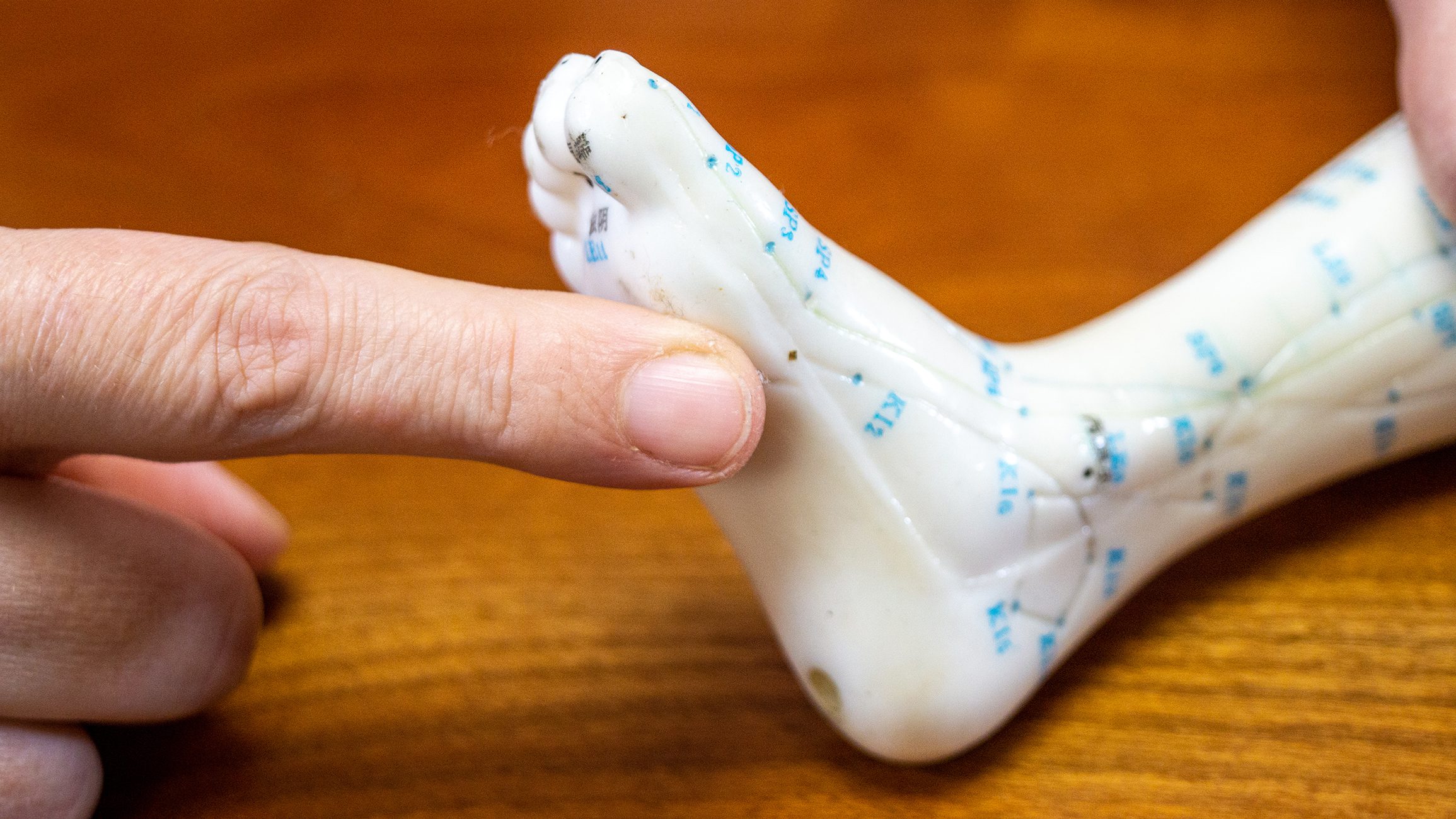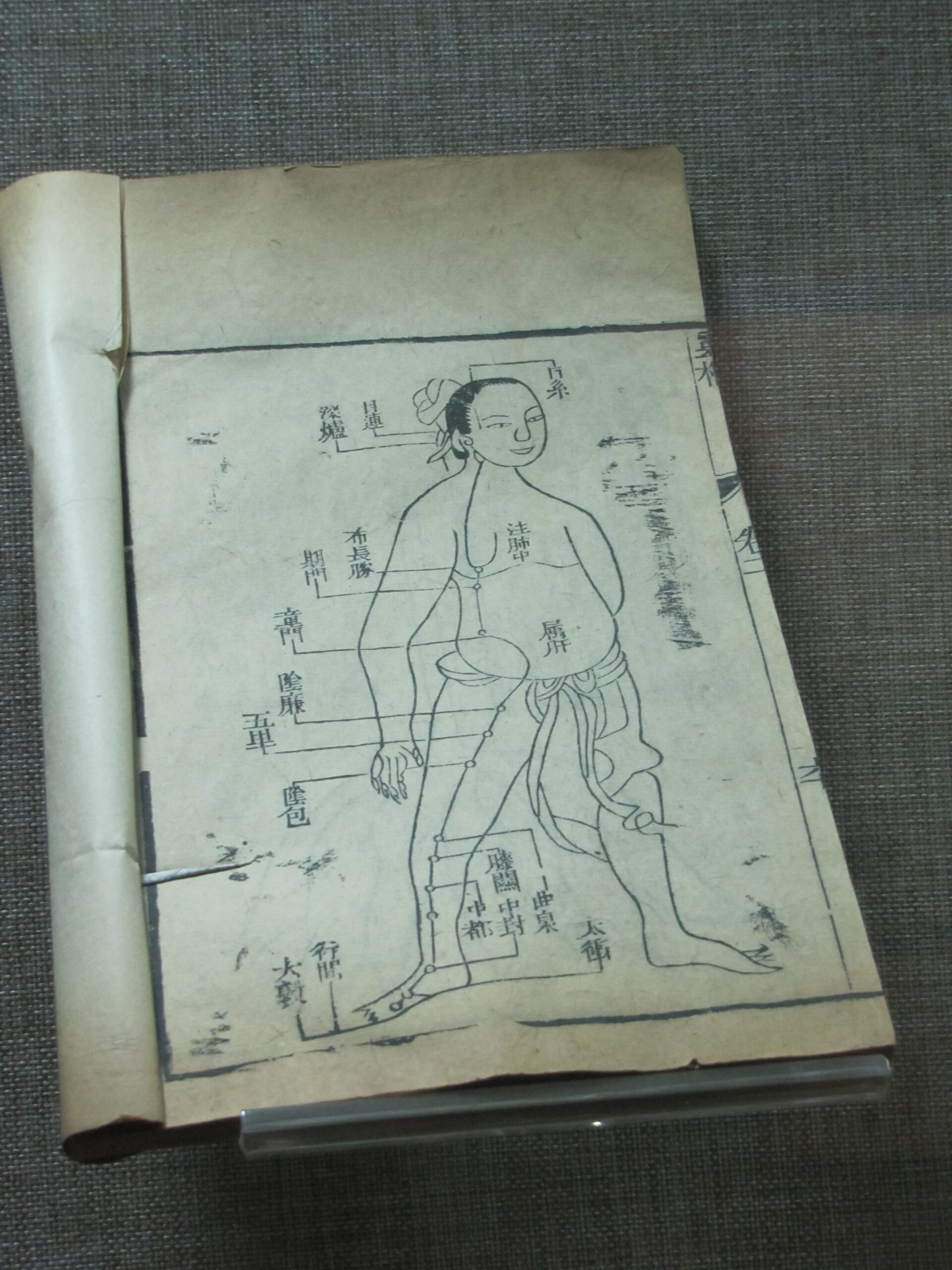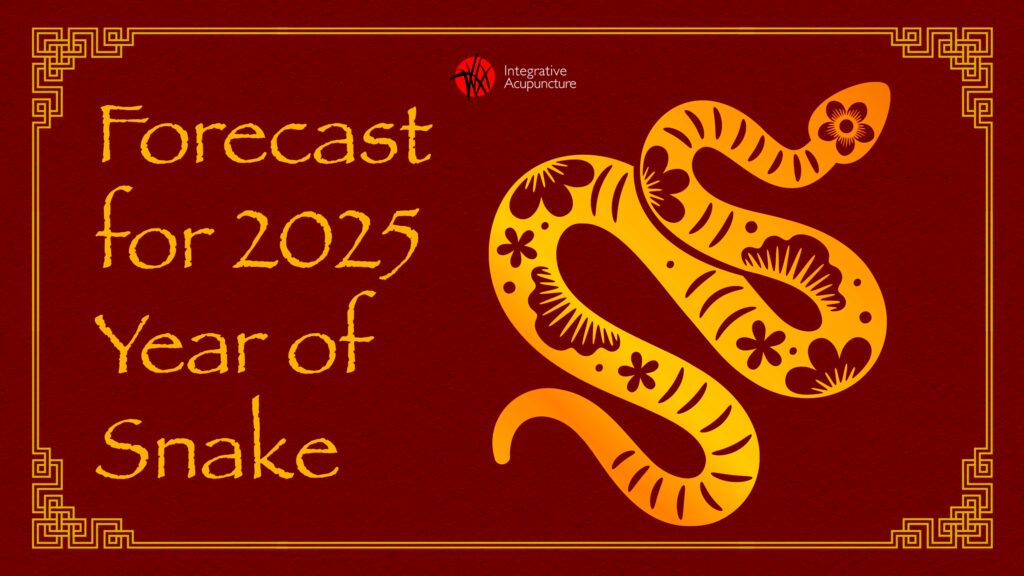Acupuncture, an ancient practice rooted in Traditional Chinese Medicine (TCM), has evolved into a widely accepted and evidence-based approach to pain management. In the United States alone, millions of people have embraced acupuncture as a natural and effective method for alleviating various types of pain. This blog will explore the basics of how acupuncture works, the scientific evidence supporting its use for pain relief, and the qualifications required to become a licensed acupuncturist.
The Basics of Acupuncture for Pain
Acupuncture involves the insertion of thin, sterile needles into specific points on the body to stimulate healing and pain relief. It is used to treat a wide range of pain conditions, including but not limited to chronic back pain, migraines, osteoarthritis, and postoperative pain. According to the National Health Interview Survey, over 14 million Americans have used acupuncture for pain relief, highlighting its popularity and effectiveness.


Acupuncture is a powerful tool for managing pain, offering relief through mechanisms such as improved circulation, neurotransmitter changes, inflammation reduction, and nervous system regulation. With millions of people in the United States using acupuncture for pain relief and a growing body of scientific evidence supporting its efficacy, acupuncture is an attractive option for those seeking a natural and holistic approach to pain management. The rigorous education and certification requirements for licensed acupuncturists ensure that patients receive safe and effective care from well-trained professionals. If you are experiencing pain, consider exploring acupuncture as a potential solution and discover the benefits it can offer for your health and well-being.
How Acupuncture Works: A Scientific Perspective
While the traditional explanation of acupuncture involves the flow of Qi (energy) through meridians (pathways) in the body, modern science offers a different perspective on how acupuncture works. Research has shown that acupuncture can influence several physiological processes that contribute to pain relief.
- Improved Circulation: Acupuncture needles can enhance blood flow to targeted areas, which helps deliver oxygen and nutrients while removing waste products. This increased circulation can promote healing and reduce pain.
- Neurotransmitter Changes: Acupuncture stimulates the release of various neurotransmitters, including endorphins, serotonin, and dopamine. Endorphins are the body’s natural painkillers, while serotonin and dopamine can improve mood and reduce pain perception.
- Inflammation Reduction: Chronic pain is often associated with inflammation. Acupuncture has been shown to decrease the levels of pro-inflammatory markers in the body, thus reducing inflammation and alleviating pain.
- Nervous System Regulation: Acupuncture can modulate the activity of the autonomic nervous system, which controls involuntary bodily functions. By balancing the sympathetic and parasympathetic nervous systems, acupuncture can help reduce stress and muscle tension, contributing to pain relief.


Evidence-Based Research Supporting Acupuncture for Pain
A significant body of research supports the efficacy of acupuncture for pain management. One landmark study published in the Archives of Internal Medicine in 2012 conducted a meta-analysis of nearly 18,000 patients across 29 studies. The researchers found that acupuncture provided significant relief for chronic pain conditions, including back and neck pain, osteoarthritis, chronic headache, and shoulder pain. This study is one of many that underscore the potential of acupuncture as a viable and effective treatment for pain.
Qualifications for Licensed Acupuncturists in the United States
Becoming a licensed acupuncturist in the United States requires extensive education and training. The path to licensure typically involves the following steps:
- Education: Prospective acupuncturists must complete a master’s degree program in acupuncture or Oriental medicine. These programs are usually three to four years in length and include coursework in anatomy, physiology, pathology, and acupuncture techniques, as well as supervised clinical practice.
- Certification: After completing their education, graduates must pass the certification exams administered by the National Certification Commission for Acupuncture and Oriental Medicine (NCCAOM). The NCCAOM exams cover various aspects of acupuncture and Oriental medicine, ensuring that practitioners have the necessary knowledge and skills.
- Licensure: Each state has its own licensing requirements, but most states require NCCAOM certification as part of the licensure process. Additionally, some states may require practitioners to complete continuing education courses to maintain their license and stay updated on the latest developments in the field.
- Specialization: Some acupuncturists choose to pursue additional training and certification in specific areas, such as pain management, fertility, or sports medicine, to enhance their expertise and offer specialized care to their patients.






